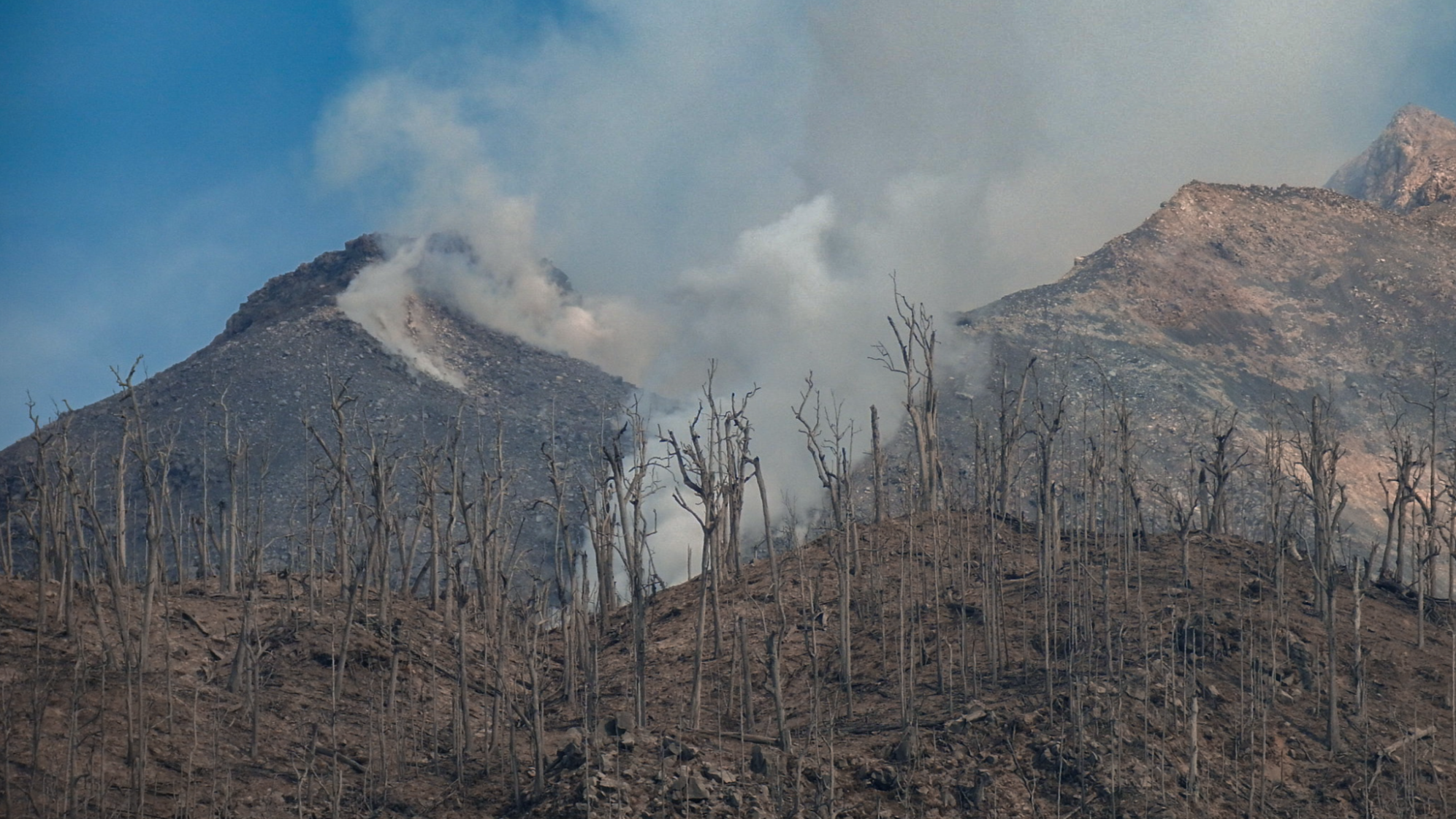
JAKARTA - The Indonesian government plans to permanently relocate thousands of residents after a series of eruptions of Mount Lewotobi Laki-laki volcano which killed nine people and damaged thousands of houses, officials said.
Mount Lewotobi Laki-laki, located on Flores Island in East Nusa Tenggara province, erupted on Sunday night, followed by smaller eruptions on Monday and Tuesday, and remains on the highest volcanic alert status.
Permanent relocation is considered as "long-term mitigation measures" to anticipate similar eruption in the future, said Suharyanto, the head of Indonesia's disaster agency in a statement on Wednesday.
READ MORE: Indonesia's Lewotobi Laki-Laki volcano erupts, ash up to 1.5 km
The government aims to relocate all residents living within seven km (four miles) radius from the crater, he added.
There are more than 16,000 residents living in the nearest villages from the volcano, but the government is still calculating how many residents will be permanently relocated.
As of Wednesday morning, at least 2,500 people had been evacuated, said Heronimus Lamawuran, spokesperson of East Flores regional government.
The government will also build houses for the relocation, said Suharyanto without giving further detail.
"The volcano cannot be moved so it is the people who must move to safer locations," Suharyanto said.
The local government has declared a state of emergency for the next 57 days and prohibited any activity within seven km (four miles) from the crater.
READ MORE: Indonesia to evacuate 16,000 people after Mount Lewotobi Laki-laki eruption
Indonesia's volcanology agency on Tuesday raised the status of another volcano located in East Nusa Tenggara province, around 200 kms (124 miles) from Mount Lewotobi Laki-laki to the second highest level due to its "rising" volcanic activity although no eruption recorded as of Wednesday.
Hadi Wijaya, the spokesperson for the volcanology agency, said the rising activity of Mount Iya had no correlation with eruptions of Mount Lewotobi Laki-laki.
Indonesia straddles the so-called "Pacific Ring of Fire," an area of high seismic activity where multiple tectonic plates meet.


